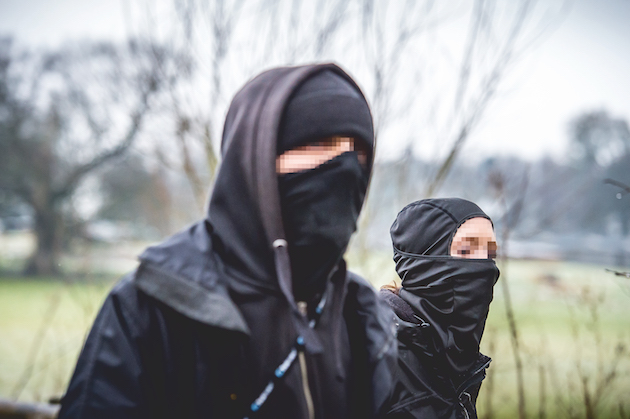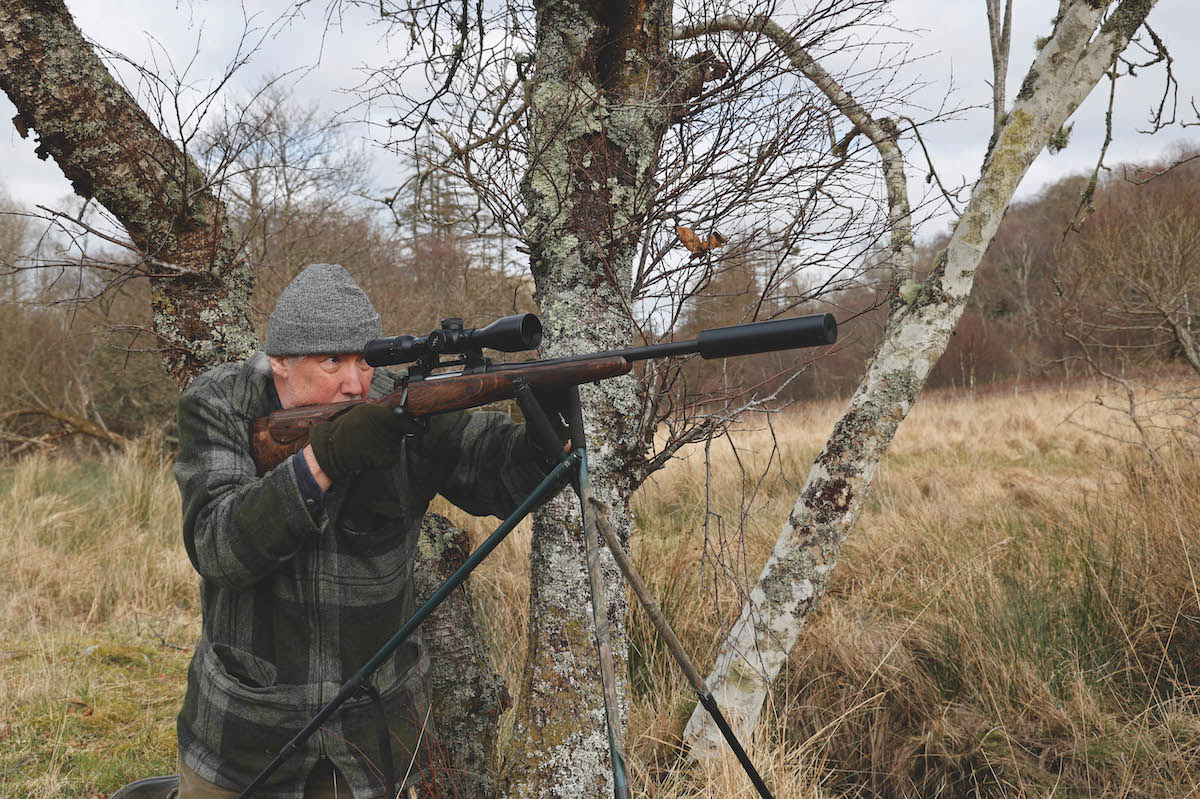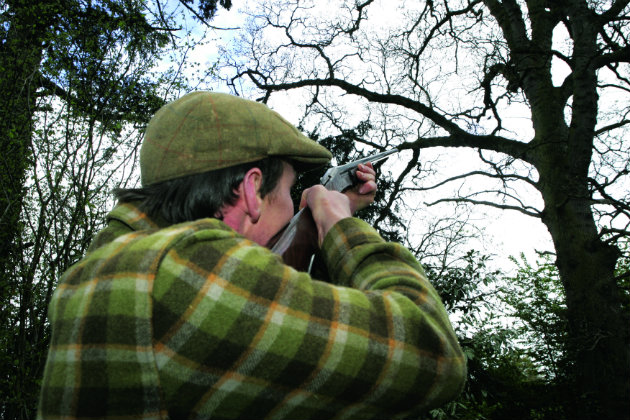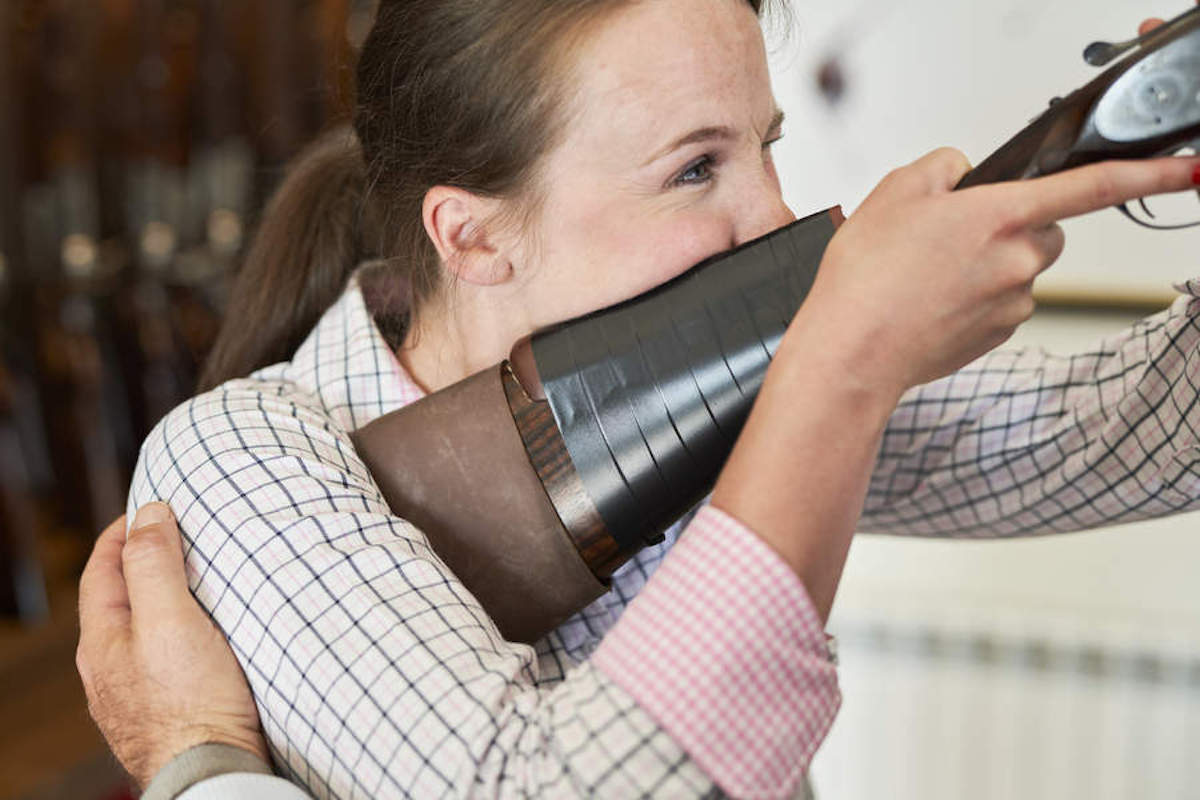What do when faced with protestors on a shoot
Advice on what to do when your shoot is targeted by antis

What are the practical measures you can take to maintain safety and de-escalate a situation if you are unlucky enough to be confronted by protesters on a shoot day?
Confrontation and intimidation
Remember that extremists amongst animal rights groups frequently work to the same agenda – that of confrontation and intimidation, intended to create violence.
It is almost impossible to restrict access to land by groups hell-bent on such action. However there are a few steps you can take to ensure that you are in a position to deal with such incidents efficiently as well as maintaining the safety of all concerned.
Make a photographic record
As with all digital photographs, camera phones have a time code embedded within the image file. Providing a date, time and location recording for evidence and intelligence to hand to the police is very useful.
Download an app such as EvidenceCamPhoto (just £1.99) which gives GPS co-ordinates and a date/time stamp. You can also input notes on the photo (names, etc.) for future reference. You can then immediately transfer the data by e mail or Whats App if necessary.
Intimation and harassment
As stated, extremists will attempt to use intimidation and harassment to elicit a violent response. The aim is to show their targets (keepers, beaters, pickers-up and shooters) in a negative light.
Of course they are also trying to disrupt a legitimate activity to such an extent that it is stopped.
If the protesters on a shoot are aggressive on arrival, they may already have played the disruption card. Unless you can change drives or location, stopping the day’s activity may be the safest response. Disappointing and costly though this may be, it is far better than a confrontation involving firearms.
Calm and polite
What we can have much more control over is the way in which we, as Guns and supporters, are viewed. A calm and polite manner goes a long way towards maintaining a safe situation as well as highlighting the tactics used by the aggressors.

Before each shoot day the Guns should be briefed on what to do if they get an invasion of protesters
Safety
Safety is the key message. Plan ahead and if necessary inform the police of planned Shoot days and the likelihood of disruption from extremists.
9 things to remember about protesters on a shoot
- BASC, the Countryside Alliance and the National Gamekeepers’ Organisation (NGO) have all produced guidelines on what to do if confronted with protesters on a shoot, and how to prepare.
- First and foremost, it is important to remember that what you are doing is a legal activity. No matter how its opponents try to portray it or take the moral high ground, it is not you who is breaking the law.
- Trespass is a civil offence and, as such, it is up to the landowner on whose land there has been an incursion to decide on what action to take. On private land trespass becomes a criminal offence of aggravated trespass the moment somebody tries to prevent another person pursuing a lawful activity. As the aim of most antis is to disrupt a shoot or cause it to be abandoned, they are likely to be committing a criminal offence in England and Wales under the Criminal Justice and Public Order Act 1994.
- Duncan Thomas, northern director for BASC, is a keen shooter and also a former police officer and was the wildlife crime officer for the Lancashire force for seven years. He advises shoots to develop a relationship with the local rural crime officer, which could “save a lot of time and hassle”.
- The role of the police, and the backgrounds of officers, is something Peter Theobald, pigeon shooter and Sporting Gun contributor, says has changed. Peter hails from Essex and his shooting permissions are on farms bordering Southend. He says: “The problem is we are shooting near urban areas and they are urban policemen.” He says that they often don’t understand the legalities of what he is doing and, as such, he and his shooting partner always try to inform the police if they are shooting near a footpath or settlement, and they always carry their firearms licences with them. He says the strictures of the coronavirus rules has seen more people walking in the countryside and, consequently, more calls to the police. He says that a lot of people just “don’t understand the countryside” and what, out of necessity, goes on there. “People do not agree with any organised pest control.”

Unload your guns, slip them and walk back to your vehicles
- Adam Cope, a gamekeeper, who runs three shoots in Lincolnshire and Rutland, says that before each shoot day he briefs the Guns on what to do if they get an invasion of protesters. The advice is simple: unload your guns, slip them and walk back to your vehicles. This advice is echoed by Tim Bonner, chief executive of the Countryside Alliance, who stresses that you must not react to provocation: “The best outcome in every situation is that you walk away smiling. There will be frustration but the countryside will still be there and there will be another day. Nothing annoys the sabs more. I have seen them walking away furious if they don’t get a reaction. Don’t give them what they want.” And Duncan Thomas again: “No shoot day is worth your shotgun certificate.”
- Such incidents can be unnerving. The sabs may be garbed in black and have their faces covered with a mask, something they can be required to remove by police under the Policing and Crime Act 2017. They will almost certainly be filming with a view to posting footage on social media. And they can be unpleasant. Duncan Thomas says that these people can be “bullies and tend to work in groups”.
- Tim Bonner advises: “You need to remember that there are a very small number of people [involved in sab activity]… A few hundred.” He said that shooting remains a lower priority for sab activity than hunting and that the badger cull and other activities means their resources are spread thinly. He did say, however, that shooting was more vulnerable to being stopped by sab activity, something that would cost Adam Cope dearly. He oversees 40 shoot days a season and there is no slack in the system to rearrange, so if a day is lost, that’s it.
- Jim Barrington is a welfare consultant to the Countryside Alliance but between 1988 and 1995 he was executive director for the League Against Cruel Sports. Discussions with Sir Roger Scruton, the philosopher, helped Mr Barrington over time to see the other side of the argument. He says the ire of the antis is more aimed at the people who take part in shooting, people regarded as having status and money, rather than having animal welfare at heart. “Antis are very good at telling us what they dislike, not so good at telling us what should take its place.” With regard to biodiversity and animal welfare, he says that if shooting were to go there would be consequences, and to the detriment of wildlife. However, he adds, the field is not the place for a detailed discussion. Walk away. There’s always the next time.









